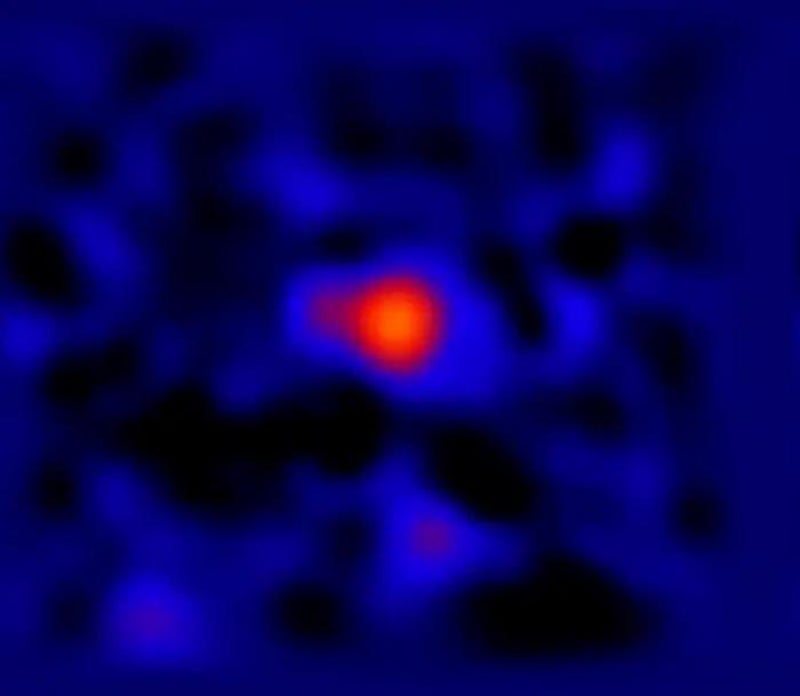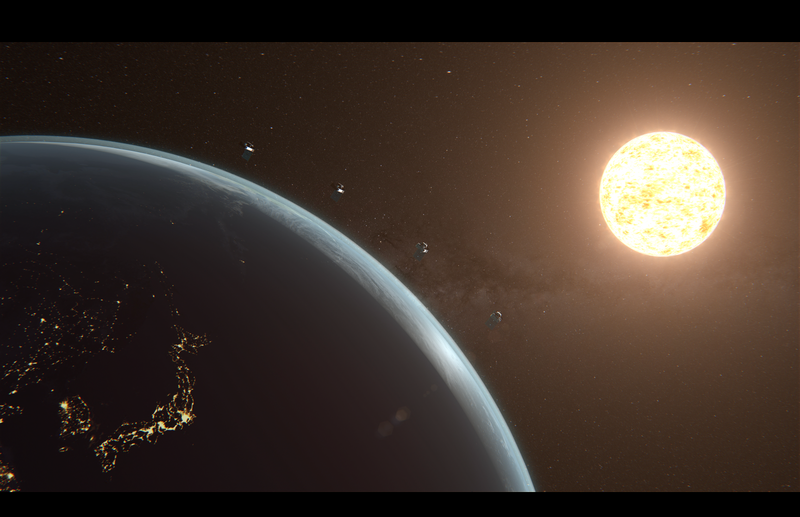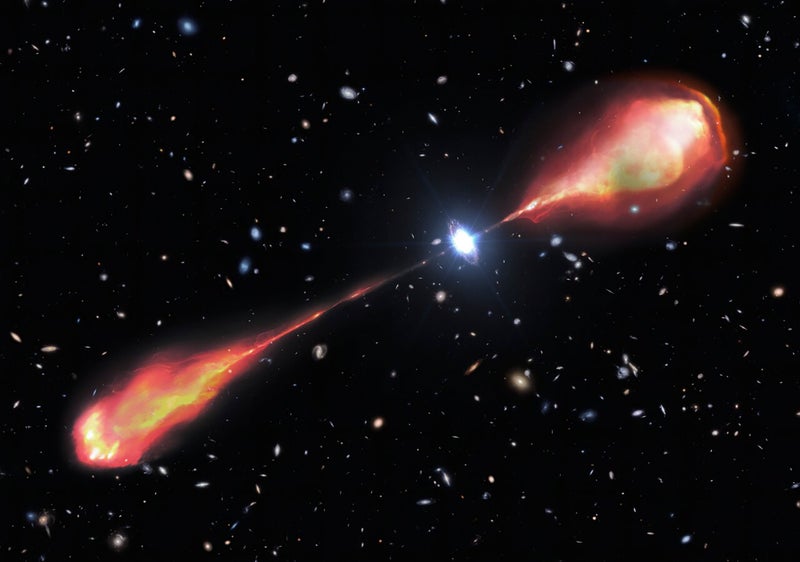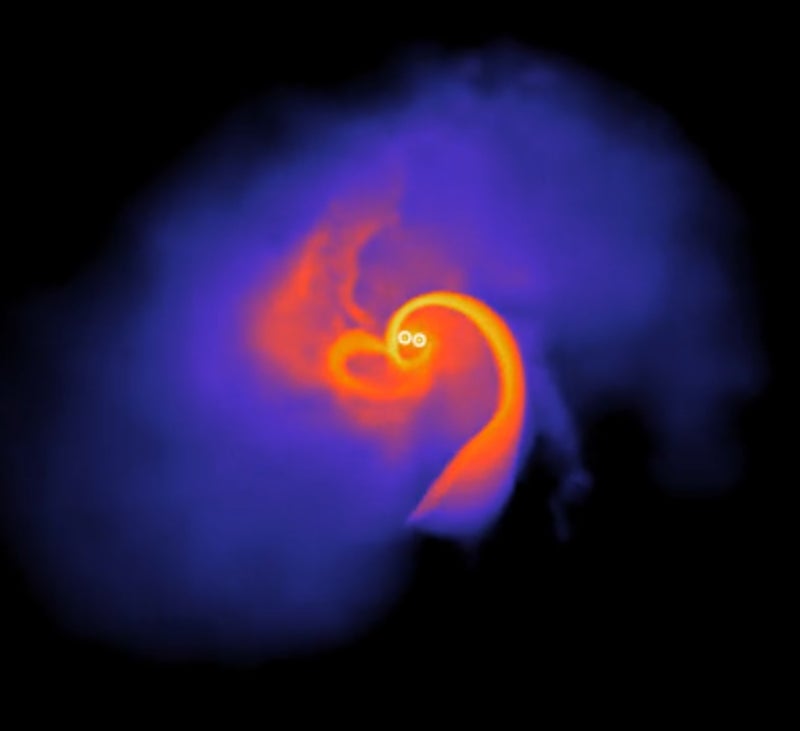Their observations revealed a constant stream of flares] There are many things scientists still hope to understand about them, like what matter looks like inside their event horizons: boundaries marking the outer edge of black holes where not even light can escape.
Looking at the changing brightness of the flares in the two wavelengths of light the telescope observed at the same time, they were able to see how the brightness changed at each wavelength.
To conduct this study, the team used the telescope’s infrared imaging capabilities, observing Sagittarius A* for 48 hours during the course of a year and tracking the black hole’s changes.
While the authors still don’t fully understand the processes involved in the light show, they believe there are two minor and major disturbances that generate the short bursts and longer flares they observed.
The authors say that their findings could help to better understand the nature of black holes and the evolution of the Milky Way.


















